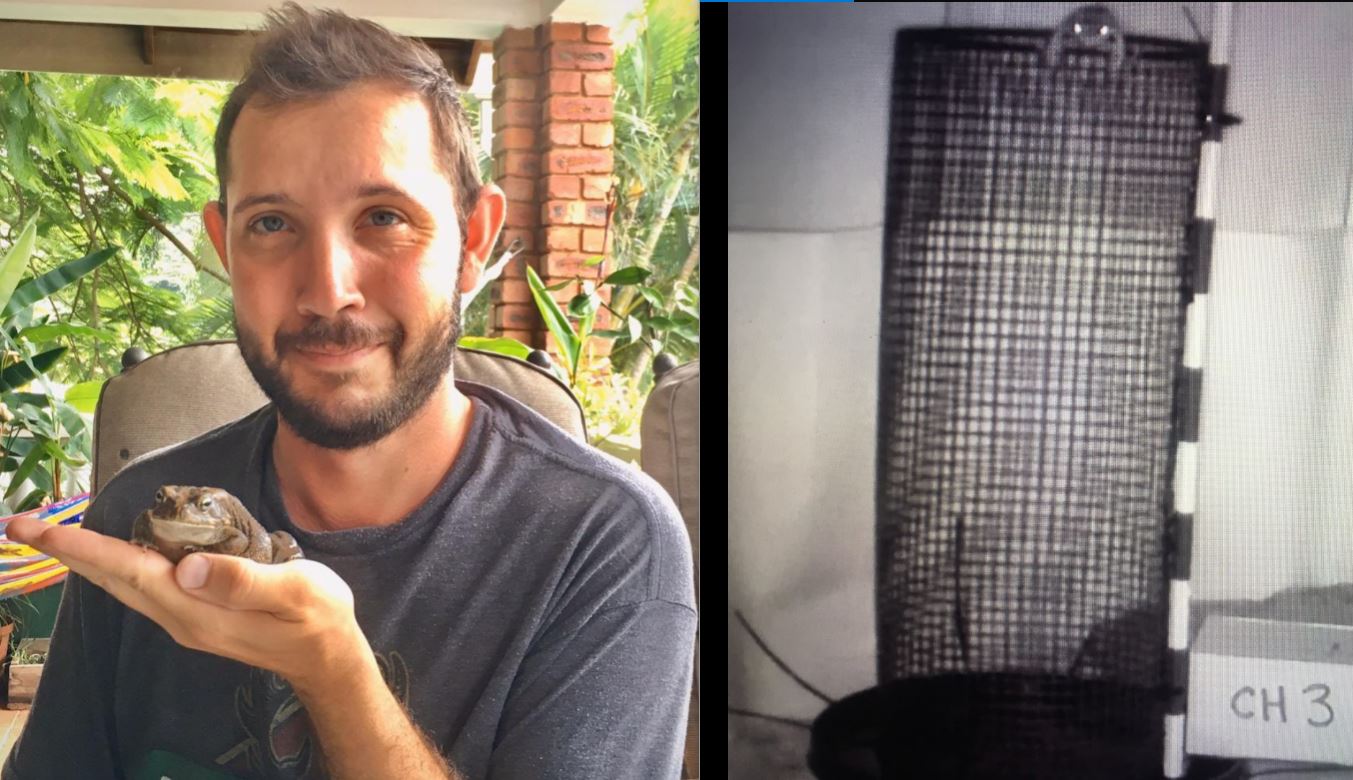Performance of native and alien guttural toads
You may remember that some time back, there were many trips to exotic places by the toad team (see here and here). Although there have already been a number of papers that have come out from these trips (Baxter-Gilbert et al., 2020; Baxter-Gilbert et al., 2021; Baxter-Gilbert et al., 2022) - here is the final one of this series led by former MeaseyLab post-doc James Baxter-Gilbert (James is now employed at Mt Allison University - see here).
In this manuscript, we based our question around the pathway that the toads had taken to invasion. Starting out in rural KZN, the toads have invaded the city of Durban before being moved (as urban toads) to Mauritius in 1922 (yes - 100 years ago!). There they were released in cane fields, quickly moving into urban areas and from there into the natural forests of the island. Toads were moved from urban Mauritius in 1925 to Reunion. Once again, they moved through the urban environment before entering the natural forests. Hence, we asked whether advantages gained in the urban environment could have helped these toads in their invasion pathway.
For most of the traits that we studied, we found no indication of help coming from the toads having passed through an urban filter before their invasion. However, the climbing performance trait did have results that suggested that urban areas, with their many barriers, could have preadapted toads so that when they invaded the islands they were able to do better at climbing - eventually moving up the trees!
Read more about this study here:
Baxter-Gilbert, J.H., Riley, J.L., Wagener, C., Baider, C., Florens, F.B.V., Kowalski, P., Campbell, M., & Measey, J.(2022) Island hopping through urban filters: anthropogenic habitats and colonized landscapes alter morphological and performance traits of an invasive amphibian. Animals 12(19), 2549; https://doi.org/10.3390/ani12192549 pdf

